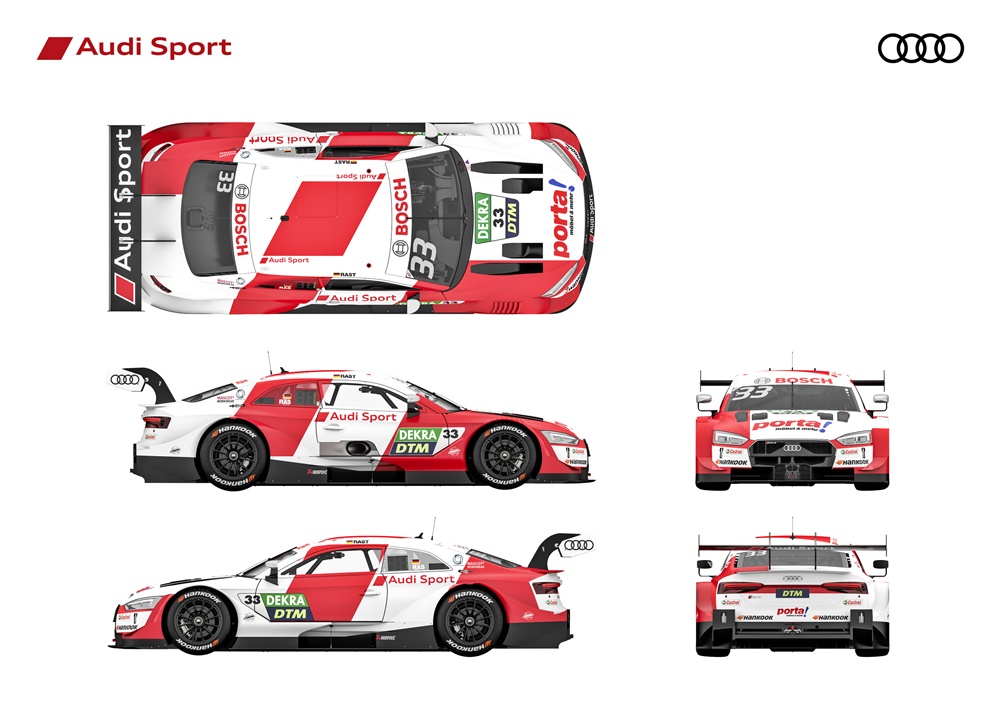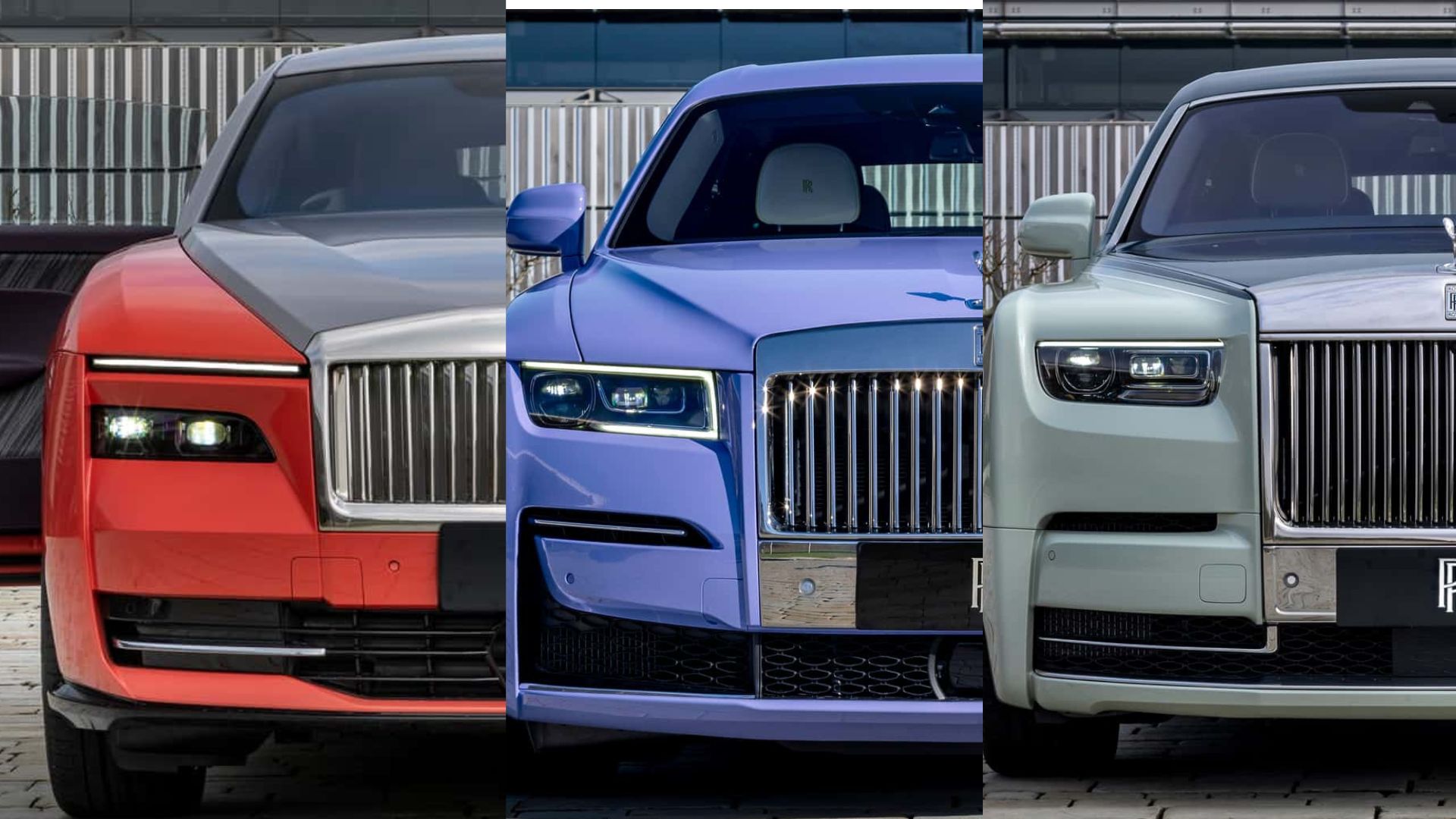It’s interesting that even with the push towards electrification of cars, Audi’s Head of Motorsport, Dieter Gass, says that for the foreseeable future, Audi will sell more cars with internal combustion engines than with electric drive. He made this remark by way of explaining why the company supports a racing series (DTM) with modern, efficient combustion engines in parallel with its involvement in the Formula E all-electric championship.
So in 2020, Audi Design has given its six factory-entered cars a fresh look, starting with the RS 5 DTM of title defender, Rene Rast. The designs of the other five RS 5 DTM cars, which will be driven by Loic Duval, Robin Frijns, Jamie Green, Nico Muller and Mike Rockenfeller are following.
Audi Sport has been relying on the RS 5 Coupe in the DTM since 2013. In accordance with the new regulations, last season’s championship winning car will contest the 2020 season with a number of detailed changes aimed at making the DTM even more exciting and cost-effective.
Fundamental technical changes are not allowed by the Class 1 regulations introduced for the series in 2019, which are designed for a level playing field and cost-efficiency. Therefore, the basis of the 2020 model year RS 5 DTM corresponds to the 2019 champion’s car. With the Class 1 regulations, which will also form the basis for the Japanese SUPER GT Championship from 2020, DTM last year technically started a new era.
The introduction of turbo technology has given DTM a stronger connection to road car development. The TFSI engine of the RS 5 DTM of model year 2020 has an engine output reduced by around 5% compared to the previous year. For the 2020 season, DTM has reduced the amount of fuel that may flow to the engine per hour from 95 kgs to 90 kgs. By means of the ‘Push-to-Pass’ function, the engine output can be increased to around 640 bhp in the short term, as in 2019.
Therefore, from the 2020 season onwards, DTM drivers will be able to use the ‘Push-to-Pass’ system – for overtaking, for example – twice as often during the race as before. During 24 race laps (previously 12), the additional power may be switched on for up to five seconds at a time.
This new qualifying rule also applies to the use of the DRS function (Drag Reduction System) which flattens the rear wing, reduces the car’s drag and increases top speed. From 2020, DRS may be used in races more often than before. With the combined use of DRS and ‘Push-to-Pass’, the RS 5 DTM reaches a top speed of almost 300 km/h, depending on the track.

Alongside Formula E and customer racing, the DTM forms the third pillar of Audi’s motorsport program. DTM’s spectacular Class 1 racing cars feature highly efficient 4-cylinder turbo engines with a displacement of 2 litres. This type of drive is used by Audi in many production models with various performance levels worldwide and is a pillar for increasing efficiency and reducing fleet emissions.



















